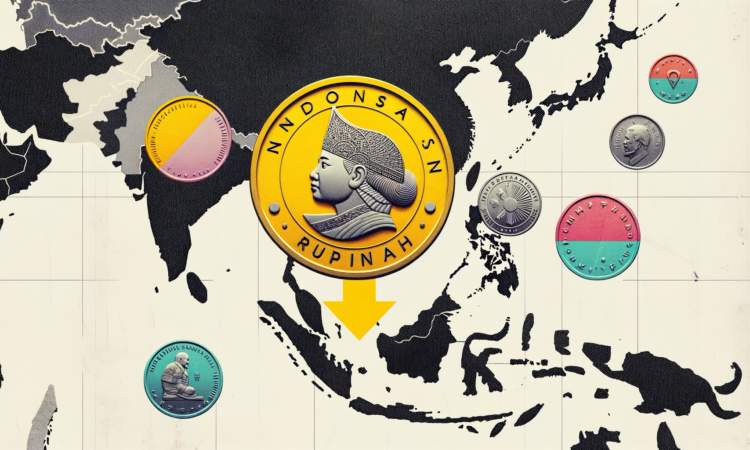
What’s going on here?
The Indonesian rupiah just hit its lowest point since April 2020, dipping 0.3% to 16,475.00.
What does this mean?
Bank Indonesia’s latest move to keep interest rates steady has added to the rupiah’s woes, which already slid more than 6% this year. Still, a fixed income analyst at Mirae Asset Securities says the central bank plans to step in, possibly using FX interventions and other monetary tools to attract capital and stabilize the currency. Other regional currencies like the Philippine peso and Thai baht are also shaky, pointing to a broader trend of instability across Asia.
Why should I care?
For markets: Currency turbulence in Asia.
Asian currencies have mostly fallen this year. The Thai baht, Philippine peso, and Taiwan dollar have each dropped over 5%, while the Malaysian ringgit and Singapore dollar are down more than 2%. The South Korean won has plunged over 7% against the dollar, leading to an expanded $50 billion currency swap line. This instability shakes investor confidence and could impact capital flows in emerging markets.
The bigger picture: Global ripples from regional woes.
The volatility in Asian currencies has wider ramifications for global markets. Policy pressures and inflation in countries like Thailand and defensive moves in South Korea signal regional economic strains. Central bank decisions in both Asia and the US are key to shaping market conditions. With Japan’s inflation slowing and uncertain rate hike prospects, investors might need to prepare for increased volatility and adjust their strategies.
